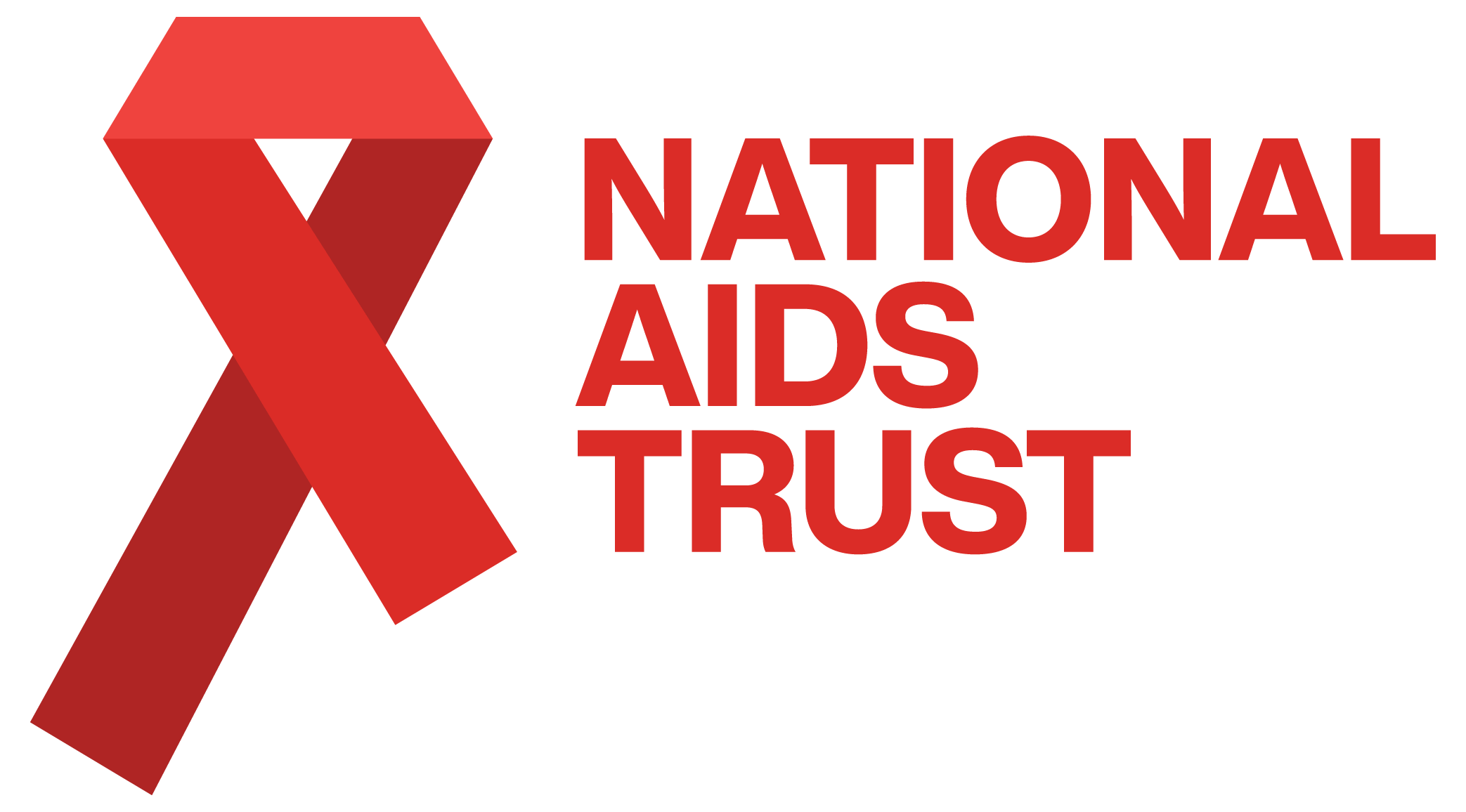The new drugs strategy: does it go far enough?

Last week the Government published the 2017 Drugs Strategy, the first national drugs strategy since 2010. The previous drug strategy was heavily criticised for its focus on abstinence, and little mention of harm reduction initiatives. The 2017 Drugs Strategy unfortunately does not go much further.
At NAT, we have consistently argued for a harm reduction approach to drug use in the UK. The defining features of harm reduction are a focus on the prevention of harm, rather than on the prevention of drug use itself, acknowledging that some people will use drugs for a variety of reasons so minimising harm must be a priority.
They can include such things as:
- Needle and Syringe programmes to support a reduction in transmission of blood-borne viruses
- Opioid Substitution Therapy (OST) such as methadone which is proven to reduce illicit opiate use, overdoses and HIV transmission
- Heroin-Assisted Therapy (where people are prescribed heroin) for people who don’t respond to OST, which is shown to improve health outcomes in the most dependent drug users
- Drug Consumption Rooms to allow people to take drugs in clinically supervised spaces, where they can also access advice and support
- Policies that decriminalise drug possession and use
We can see the consequences when people are not able to access harm reduction initiatives easily, such as the outbreak of HIV in Glasgow that started in 2015 which saw a marked increase in HIV diagnoses amongst the injecting drug user population. There has also been a devastating spike in drug related deaths in recent years. In 2015 there were 3,674 drug-related deaths in the UK, the highest since records began in 1993, and deaths involving heroin/morphine have doubled in the last three years. We should not underestimate the scale of the issue: eight out of every thousand people in the UK struggle with opioid use.
If we consider how the UK situation compares to that of other European countries the facts speak for themselves. The European Monitoring Centre for Drugs and Drug Addiction (EMCCDA) reported that last year almost a third of all deaths from drug overdoses in Europe happened in the UK. It seems the Government is failing vulnerable people. To tackle this rise in deaths, and to genuinely support people to recover from drug addiction, two important things are necessary: the Government must embrace substantive provision of harm reduction initiatives, and ensure that drug support services are well-funded and accessible.
What does the new strategy say about harm reduction?
Abstinence is no longer the main focus of the strategy. This is a welcome shift, as abstinence based models of care often push drug users out of treatment too early leaving them acutely vulnerable to relapse, and fail to take into consideration that many people will need support for the majority of their lives. However, once you delve into the strategy, it is evident that harm reduction is barely mentioned.
While the Government acknowledges the rise in drug related deaths as ‘dramatic and tragic’, the strategy proposes no concrete action plan to reduce them. Similarly, all the harm reduction initiatives mentioned above that can help people not only take drugs more safely but can act as a vehicle in which to move people into care are barely mentioned in the strategy. For example, drug consumption rooms or pharmacies where injecting drug users obtain needles are often places where drug users can speak to clinical professionals who can advise how to access local drug support services. The lack of focus on policies such as these is especially troubling when you consider that over half of drug related deaths happen to people not currently accessing treatment.
There is just one mention of OST in the national context. Similarly, only one mention of needle and syringe programmes, stating that current availability should be maintained, despite reports from Public Health England that availability is often not adequate enough. Harm reduction as a term is only mentioned once in the report, in the context of ‘harm reduction for people unable or unwilling to stop smoking’, in order to tackle high rates of smoking amongst drug users. The Advisory Council on the Misuse of Drugs’ recommendations on reducing deaths through drug consumption rooms and heroin assisted therapy are not mentioned at all.
Are drug support services currently well-funded?
Analysis from the health policy think tank, The Kings Fund, was also published last week showing £22 million in cuts for tackling drug misuse, are likely to take place over the next year. With the public health budget due to be cut by 3.9% every year until 2021 we are going to see the severe impact that cuts have upon the quality of much needed drug support services.
There is also a risk that any good intentions of the drugs strategy will fail to be implemented when the public health ringfenced budget ends in 2019– the budget that local authorities use to commission public health services. Local authorities are not mandated in law to provide drug services (unlike sexual health services), so it is not unreasonable to assume that drug services will be the first thing to go when local authorities no longer have a ringfenced budget to deliver them.
Injecting drug users are an incredibly marginalised group. The Government have a moral obligation to support people who are left at the fringes of society, and this new strategy simply does not go far enough.


